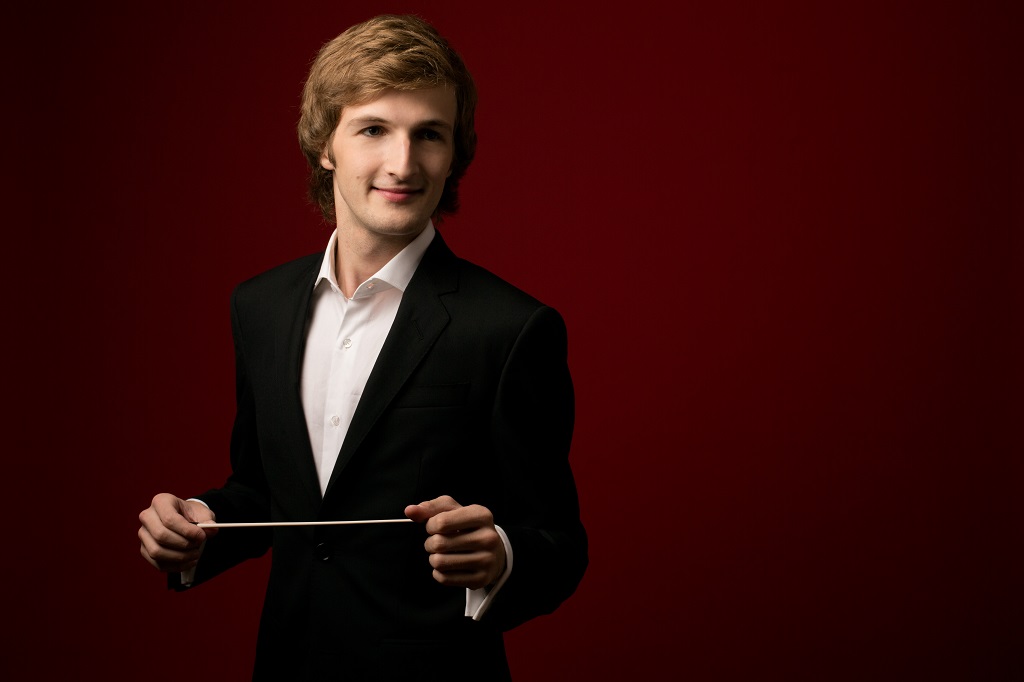
Les Violons du Roy venture far and often from their historical core of baroque and classical repertoire. On Friday the Quebec City squad opened its Montreal operations (and the Bourgie Hall season) with a program of four works from the 20th century, one from the 21st and a 19th-century score that most music lovers would classify as timeless.
In charge was young Romanian-born Andrei Feher, who was recently appointed music director of the Kitchener-Waterloo Symphony in Ontario (where he will perform in a facility named after his teacher at the Montreal Conservatoire, Raffi Armenian). Both his sure perception of musical mood and his accomplished technique were apparent.
The lone standard from the string-orchestra repertoire was Elgar’s Introduction and Allegro of 1905, with the Quatuor Arthur Leblanc playing the solo roles. This was not a sepia-toned Edwardian treatment but an active and forceful performance in which the orchestra of 14 sounded no less incisive than the front four.
There were many interesting sonorities in Pierre Mercure’s Divertissement of 1957, another work for string quartet and orchestra, written at the behest of the Samuel Lapitsky Foundation. Quiet dissonances in the Adagio testified to the ability of Les Violons to adapt to a neoromantic as well as neoclassical idiom. Violist Jean-Luc Plourde produced handsome solos in Elgar and Mercure and his LeBlanc colleagues (violinists Hibiki Kobayashi and Brett Molzan and cellist Ryan Molzan) all added personal touches. The angular rondo of the Mercure made for a bracing finish.
Fiery rather than warm
The evening began with Nino Rota’s Concerto for Strings of 1965 (revised in 1977), a work with a fetching Scherzo of the Valse triste type and an Aria that starts as a tribute to the famous Air from Bach’s Orchestral Suite No. 3 before exploring other styles. The finale was animated by Feher’s exact accelerations and slowdowns.
At a few points, the intense sound of Les Violons du Roy brought to mind the adjective “fiery” rather than “warm.” But the latter quality was abundant in Morton Gould’s melancholy Elegy of 1980 and Beethoven Quartet Op. 135 in Feher’s own expansion.
There were, inevitably, beauties, with the LeBlanc players sitting in as extras and Feher putting down his baton to soften corners in the slow movement. But much of the act of listening to a great string quartet in an inflated version is dedicated to editing out the spurious doublings.
Yannick Plamondon
There could be no complaints about the most modern piece on the program, the introduction of Yannick Plamondon’s Wihtikow, which will soon be a song cycle on the difficult subject of missing and murdered Indigenous women. We heard the searing two-minute number twice, once at full volume and then at pianissimo.
The crowd (including a cohort of visiting students from Carleton University) responded positively to this brief but powerful piece. We eagerly await the complete work, but Plamondon should consider authorizing the introduction and “echo” as a freestanding instrumental diptych.
The concert was given as a tribute to Man and his World and dedicated to the memory of Gilles Tremblay, who provided the soundscape for the Quebec Pavilion.
VOUS AVEZ AIMÉ CET ARTICLE? Lisez aussi:
OSM, captivante et émouvante Huitième de Mahler, par Caroline Rodgers
Orchestre symphonique de McGill: découvertes et talent au concert inaugural, par Jeanne Hourez
- SCRUTINY | Azrieli gala a popular success - 22 octobre 2022
- COMMENTARY | Why Playing Political Hot Potato With Artists Is A Terrible Idea - 23 mars 2022
- REVIEW |Tenor Spyres flies high at Lanaudière despite the downpour - 14 juillet 2019



